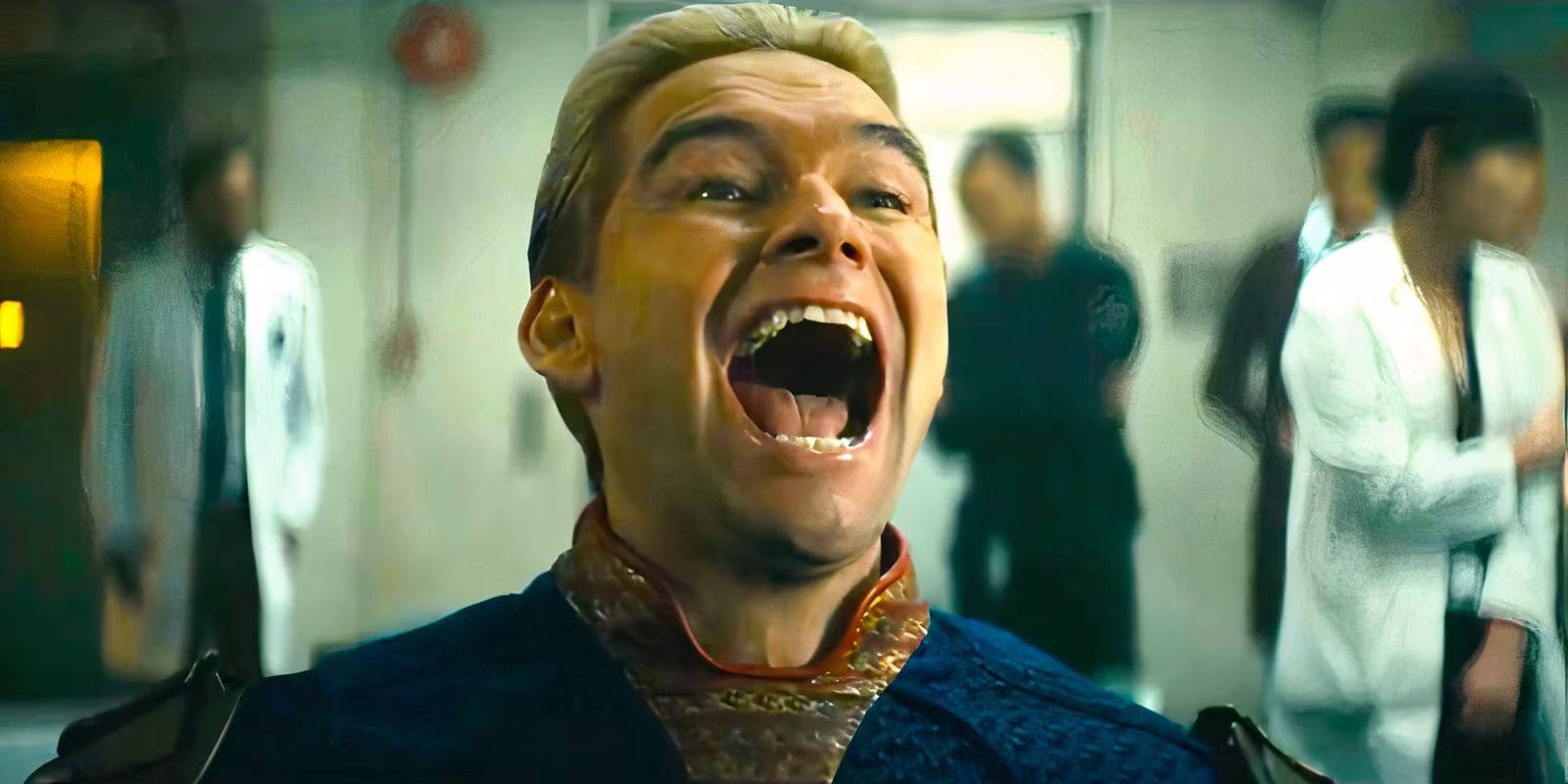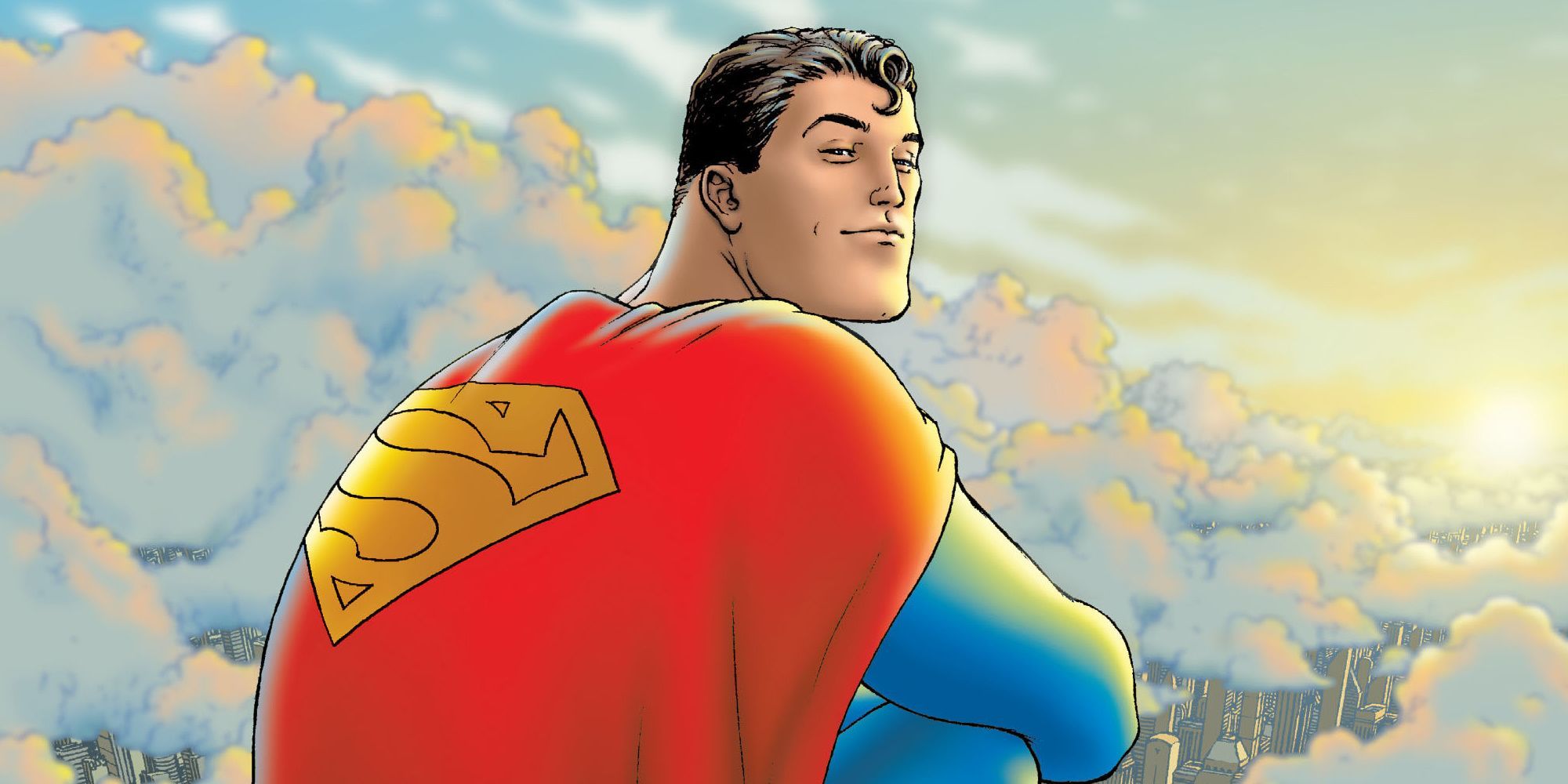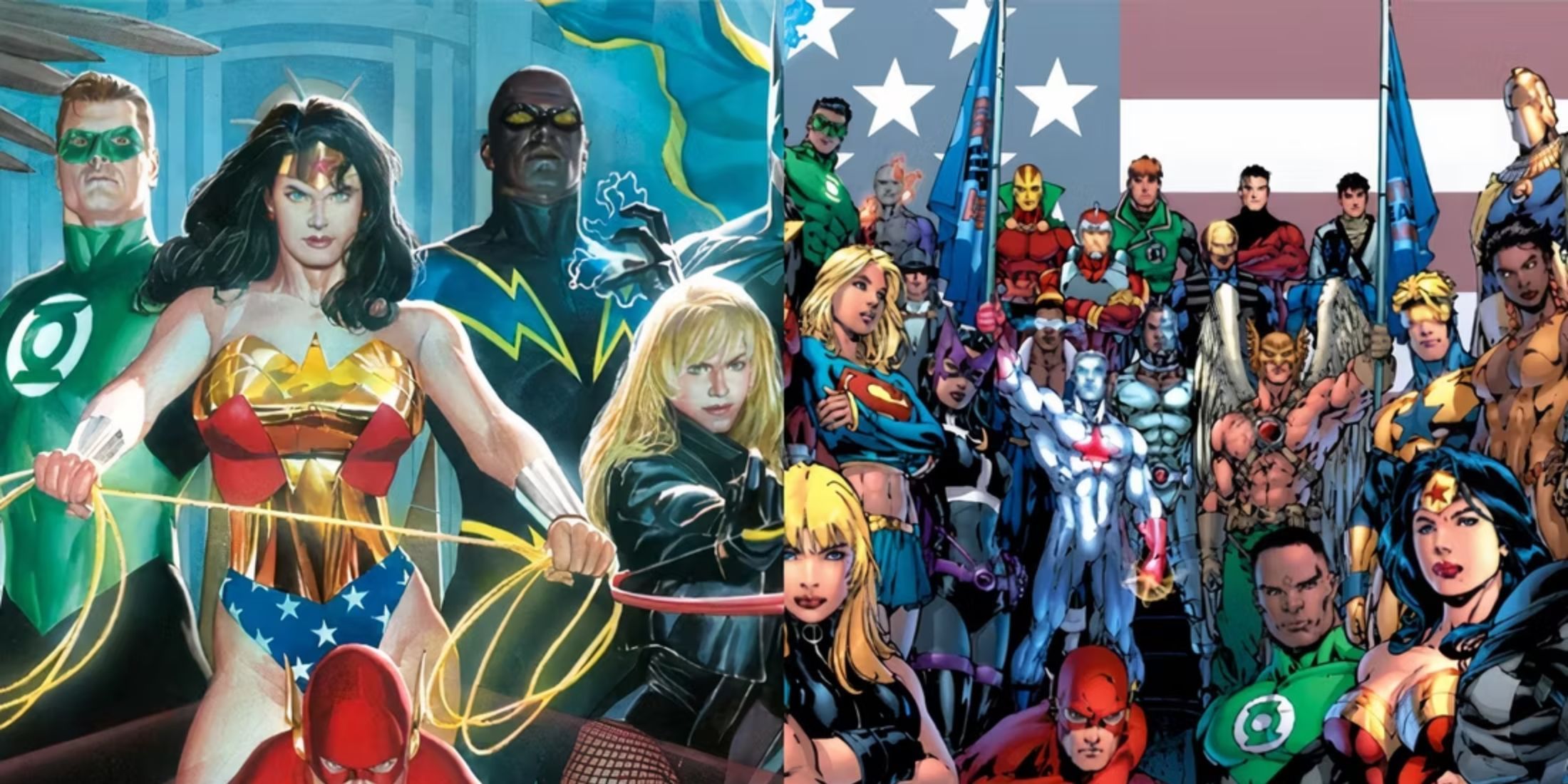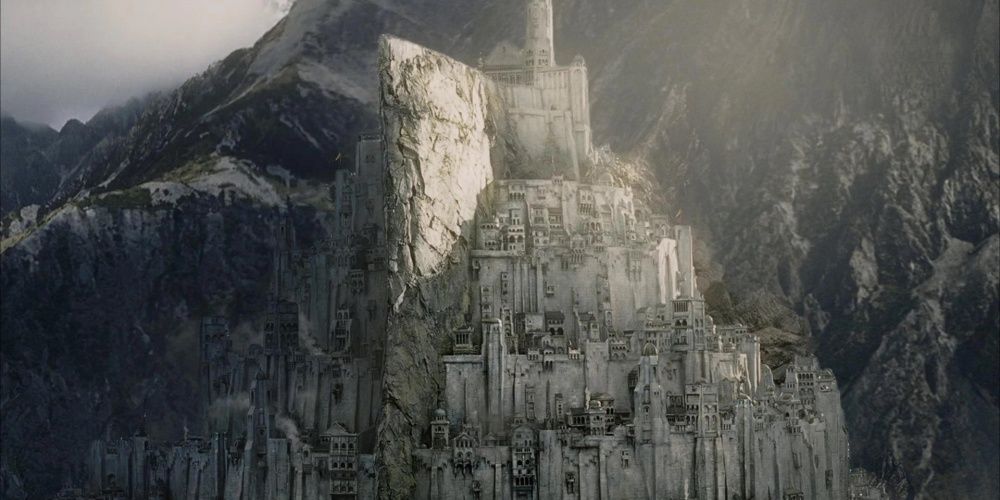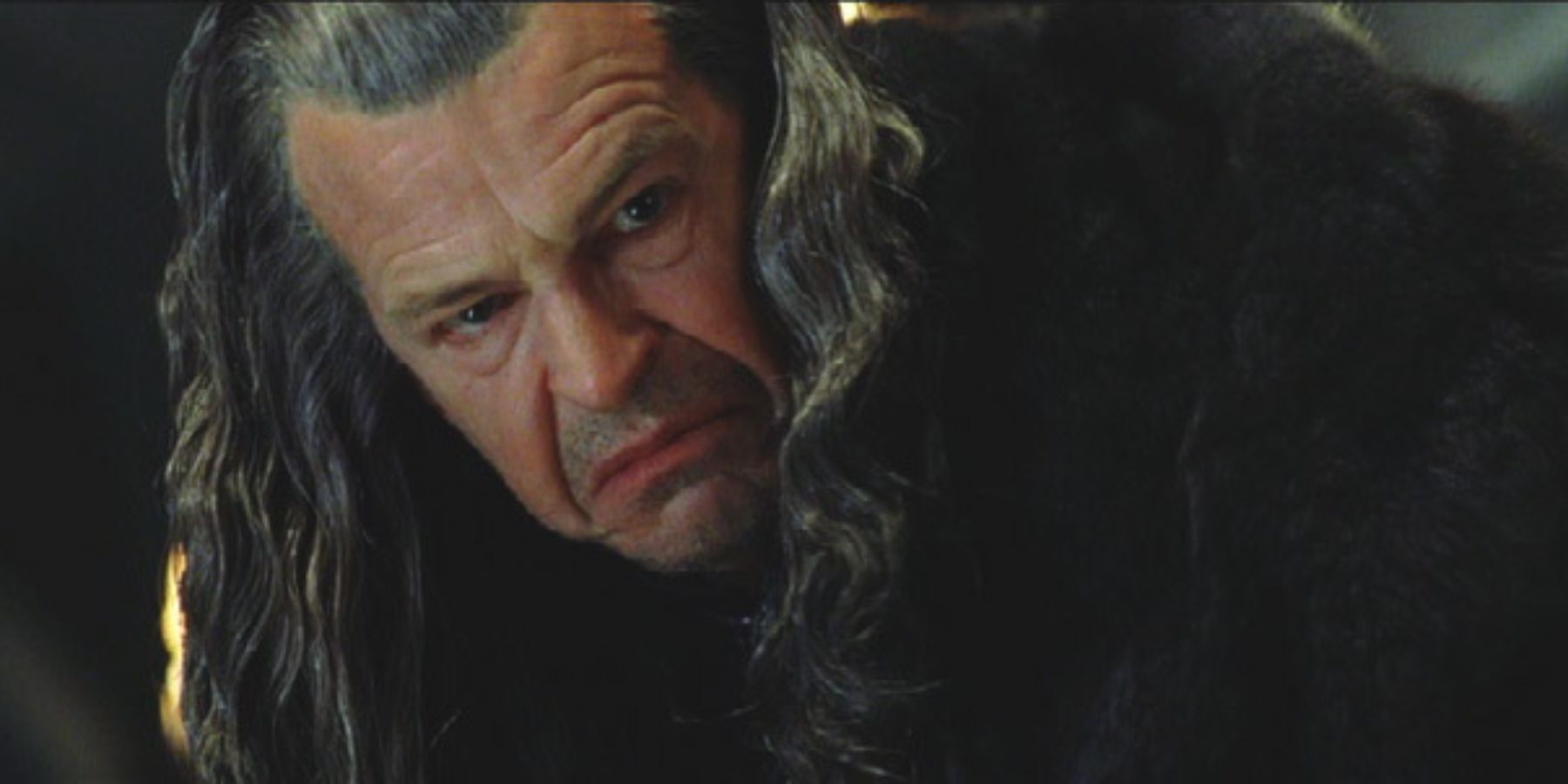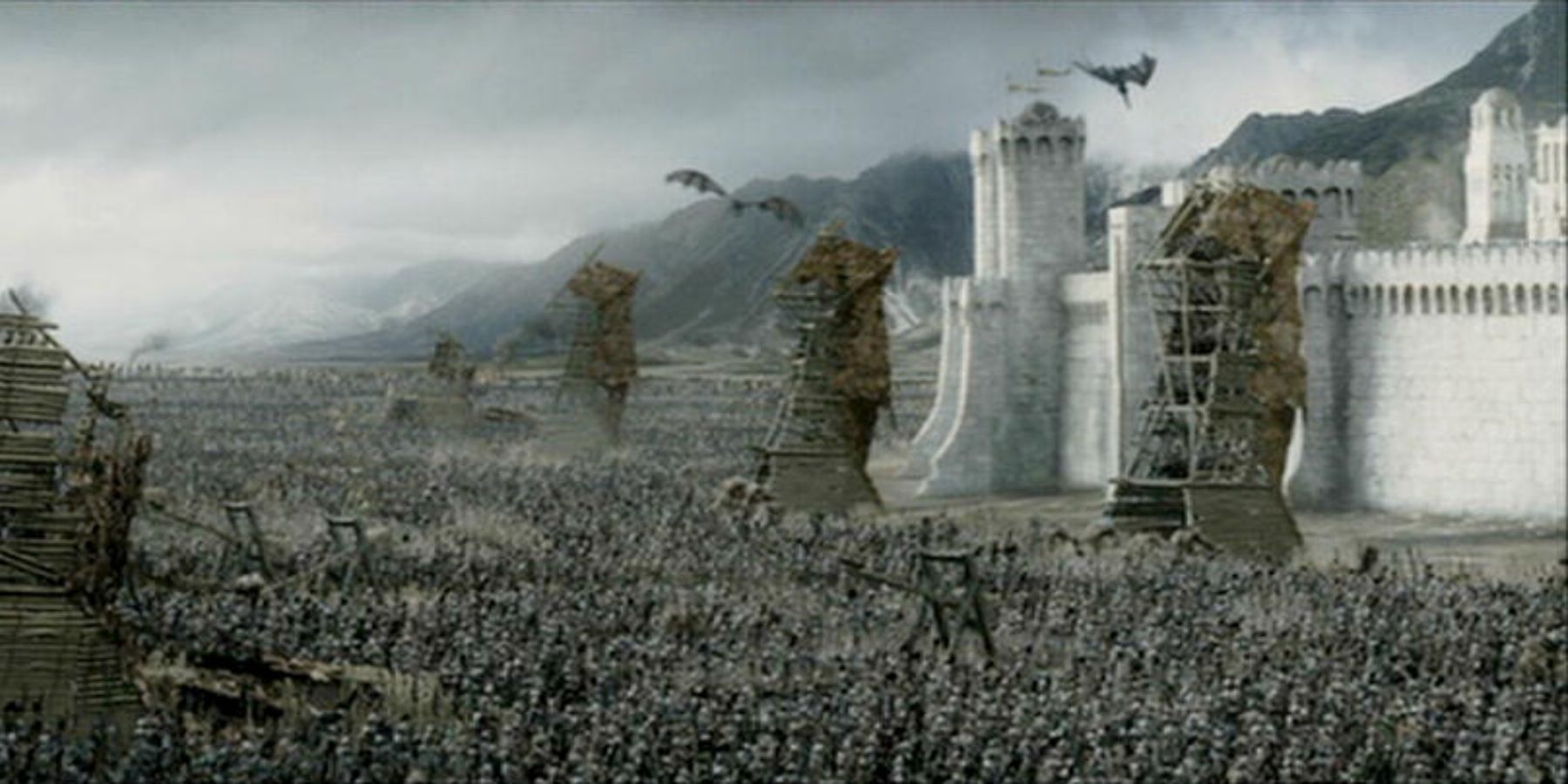There have been a lot of changes made between the Lord of the Rings books and movies, in order to condense Tolkien's epic lore into a film trilogy. The biggest, most notable change is the removal of the much-loved character of Tom Bombadil, the all-powerful being of the Old Forest whose true nature is never fully revealed by Tolkien. Other characters were removed as well, such as Glorfindel and Bregalad the ent. But there are also some more minor changes made that create some surprising discrepancies from the original text. One such change, or at least omission, is the lack of evacuation of Minas Tirith before the large-scale orc attack during The Return of the King.
In the books a lot of this is seen through Pippin’s eyes, allowing readers to see Minas Tirith just before the battle begins. He observes that there were no women, children, or elderly to be found. The only ones to have stayed who were not prepared to fight were the house of healing women to nurse the injured, and a few older (but still very young) boys who acted as messengers during the battle. He is told this by a guard he befriends, who points out the road where the city's refugees are being away from the danger. They were taken via the road to the vales of Tumladen and Lossarnach, and pasy the mountain-villages, with the final destination of Lebennin, a hopeful safe haven away from the battle.
The change comes with Jackson's desire to make Denethor more unhinged than he was in the books, a paranoid leader in denial of his situation. While this is present in Tolkien's work, at least the book version of the Steward had the sense that war was about to land at his door, and thus made arrangements for the ‘vulnerable’ to be escorted safely away. By the time film Denathor realized the doomed situation they were in, they were already surrounded, with no hope of evacuating the city.
The film's creators did this to make Denethor look truly unfit to rule. This way, when Aragorn came along and reclaimed the throne of Gondor, there would be no doubt in the audience's minds that he was the true and rightful king. In the film, the presence of innocents in the fray helped heighten the drama of the situation. It emphasized that this was the final stronghold of humans in Middle Earth. If the capital of this once mighty city fell, then there would be nowhere safe away from the clawed hands of orcs and the ever watchful eye of Sauron.
The other reason for the change was to add a greater sense of fear into these scenes, and mirror the fantastic moments found within the Battle of Helm's Deep. There, the women, children, and elderly were huddled up in fear in the caves, hearing the booms and cries of their loved ones above as they were killed by Orcs. It made the victory all the more satisfying, with Gandalf's arrival at the first light being a true moment of victory achieved right at the crucial moment. Jackson was likely trying to recreate the same feeling, and demonstrate all the traits of a Tolkien hero by having the good-guys fighting not just to survive, but to save the innocents around them. It would likely have felt too heavy or less engaging if the only ones there were soldiers, more of a typical fight between armored warriors. Rather, it was the last stand of mankind, a bloody and hard-won victory that needed a combination of both horror and human empathy to bring it alive onscreen.
There is a scene when the orcs manage to get through the first defenses and begin to ransack the city, where Gandalf cries out the get the women and children to safety. While many have pointed out this is something they should have been done already, there is a logical reason for this apparent neglect on Jacksons' behalf. Everything that was happening up until the battle was at the behest of Denethor. While Gandalf and Pippin had managed to sneak past him to help in various different ways, lighting the beacons and riding to stop the fell beasts, these actions were done behind the Steward's back.
The fact the women and children are still in the city, and not even moved safely away from the outer walls, is another example of Denethor's inability to see past the terrifying and futile visions that the palantir has corrupted him with. The battle goes to show how far the mighty can fall. It shows how important it is to trust to hope, loyalty and love, rather than abandoning those who need you the most in favor of fear and cowardice as Denethor does in the movies.

